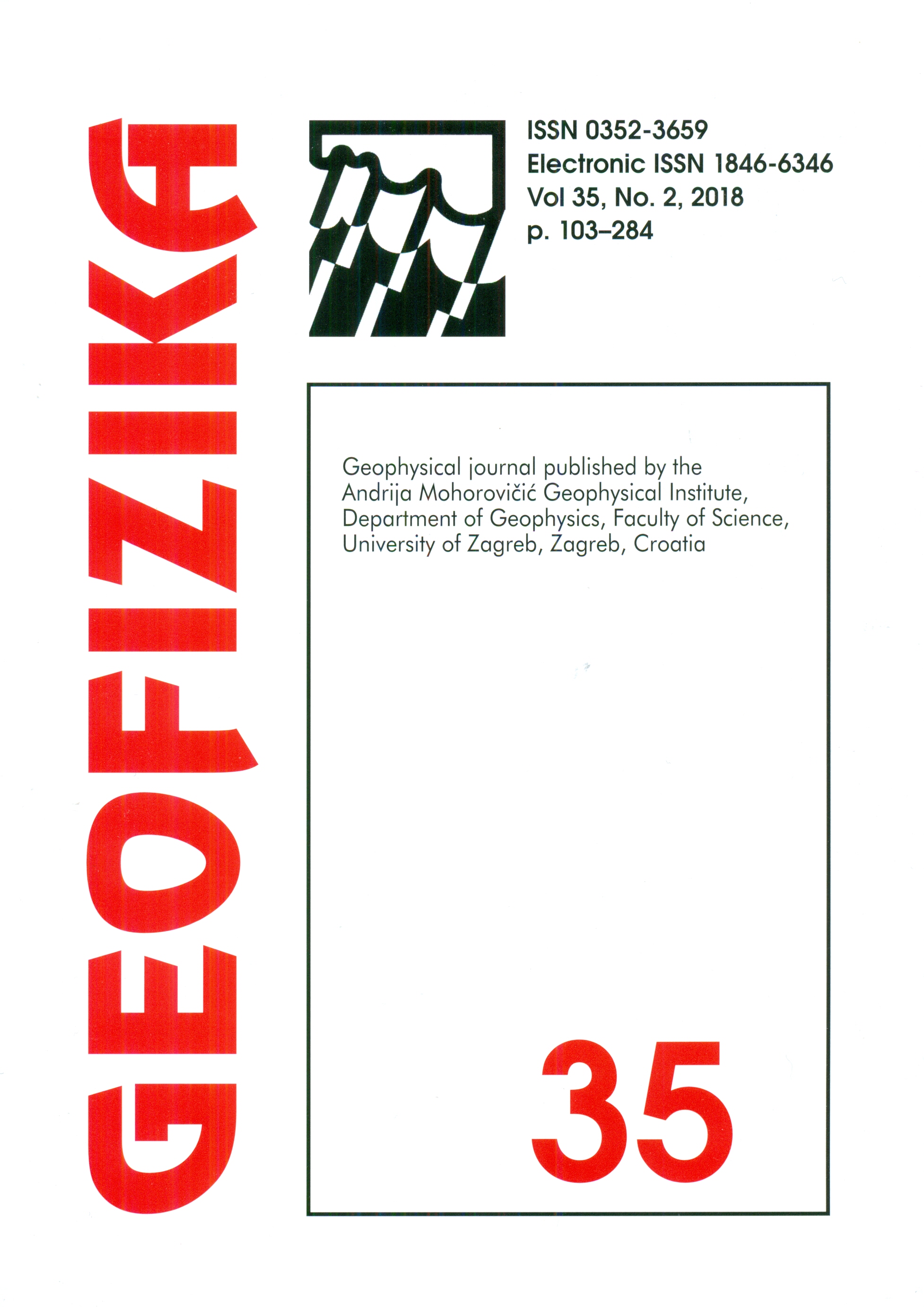Review of research on Plitvice Lakes, Croatia in the fields of meteorology, climatology, hydrology, hydrogeochemistry and physical limnology
DOI:
https://doi.org/10.15233/gfz.2018.35.9Keywords:
catchment, geosciences, hydrodynamics, karst, tufa barriersAbstract
In lakes, several physical, chemical, and biological processes occur simultaneously, and these processes are interconnected. Therefore, the investigation of lakes requires a multidisciplinary approach that includes physics (including the physics of the atmosphere, i.e., meteorology), chemistry, geology, hydrogeology, hydrology and biology. Each of these disciplines addresses a lake from a different point of view. However, lake studies that primarily belong to one field, at least to some extent, report their findings in ways that are associated with other fields; this type of reporting is caused by the inherent interconnections between phenomena from different disciplines. Plitvice Lakes, Croatia, are composed of a unique cascading chain of karst lakes, and these lakes have been investigated by numerous authors. Here, we provide an overview of the studies of the Plitvice Lakes Area (PLA) that address meteorology, climatology, hydrology, hydrogeochemistry and physical limnology. Our aim is to synthesize the results from each of these disciplines and make them available to scientists from other related disciplines; thus, this review will facilitate further investigations of the PLA within the natural sciences. In addition, valuable results from early investigations of Plitvice Lakes are generally unavailable to the broader scientific community, and are written in Croatian. Here, we summarize these results and make them available to a wider audience.
Downloads
Published
Issue
Section
License

This work is licensed under a Creative Commons Attribution-NonCommercial 4.0 International License.

